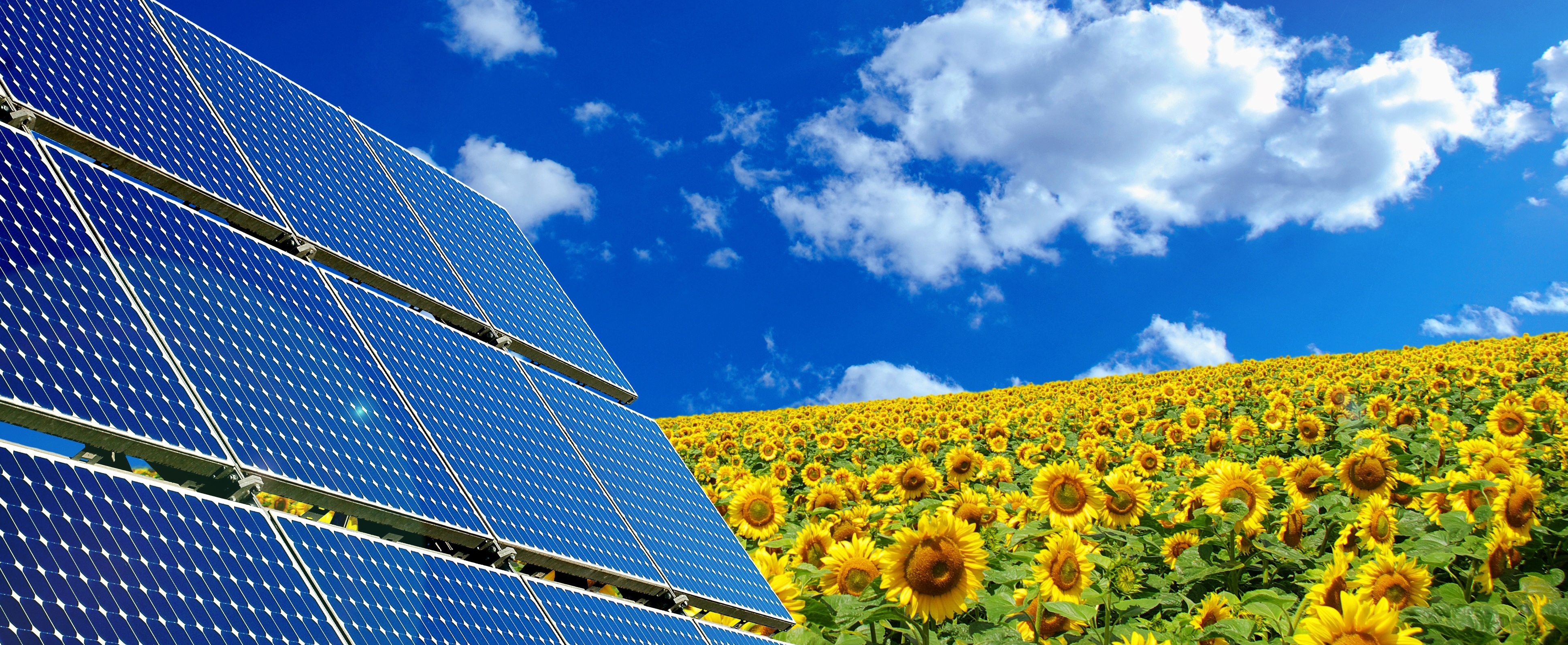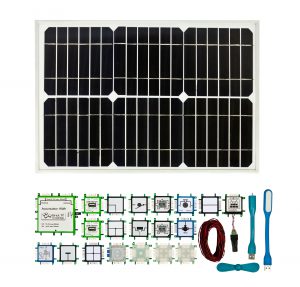
Solar Energy for dummies part 2
In part 1, we already got to know the most important terms concerning solar modules. To get a more profound knowledge, we need to know what kind of solar cells there are. The crystal structure is important, too!
- Our brick solar module consists of monocrystalline cells. They are made out of monocrystalline silicon disks, so called “wafers”. The term “mono” refers to the wafers showing always the same crystal orientation which is why they look single-colored.
- There are also polycrystalline cells that are more common as they are more cost effective. They do not have they same crystal orientation which is why they look “patterned”.
- Amorphous cells have a very low efficiency but are suitable for calculators or watches as they offer advantages when there is only little light.
Finally, I would like to deal with the topics of degradation and recycling. Degradation is the age-related change of parameters of semiconductor devices. Regarding solar cells, it is the decrease of efficiency in the course of time, for example, a loss of 11% within 25 years. This means, they are not as effective anymore after 25 years as it was the case when they were produced. Degradation happens much faster in space as radiation is much higher. Due to dirty glasses, for example, the efficiency becomes lower even earlier.
But even if a solar module does not function anymore it can be recycled to up to 95%. The plastics included in the module will be burned at a temperature of about 600°C. All that is left is glass, metal, fillers and the solar cells. The leftovers of glass and metal are returned to recycling companies.
The solar cell’s surface is removed by a chemical process named etching and new solar cells can develop out of the gained silicon of the (old) solar cell. Recycling actually needs less energy than producing a new solar cell.
Now we’ve already learned a lot – in one of the next blog posts we will have a closer look at the process in a solar cell, we will get to know electrical characteristic curves and will calculate a little bit.

 en
en de
de es
es
